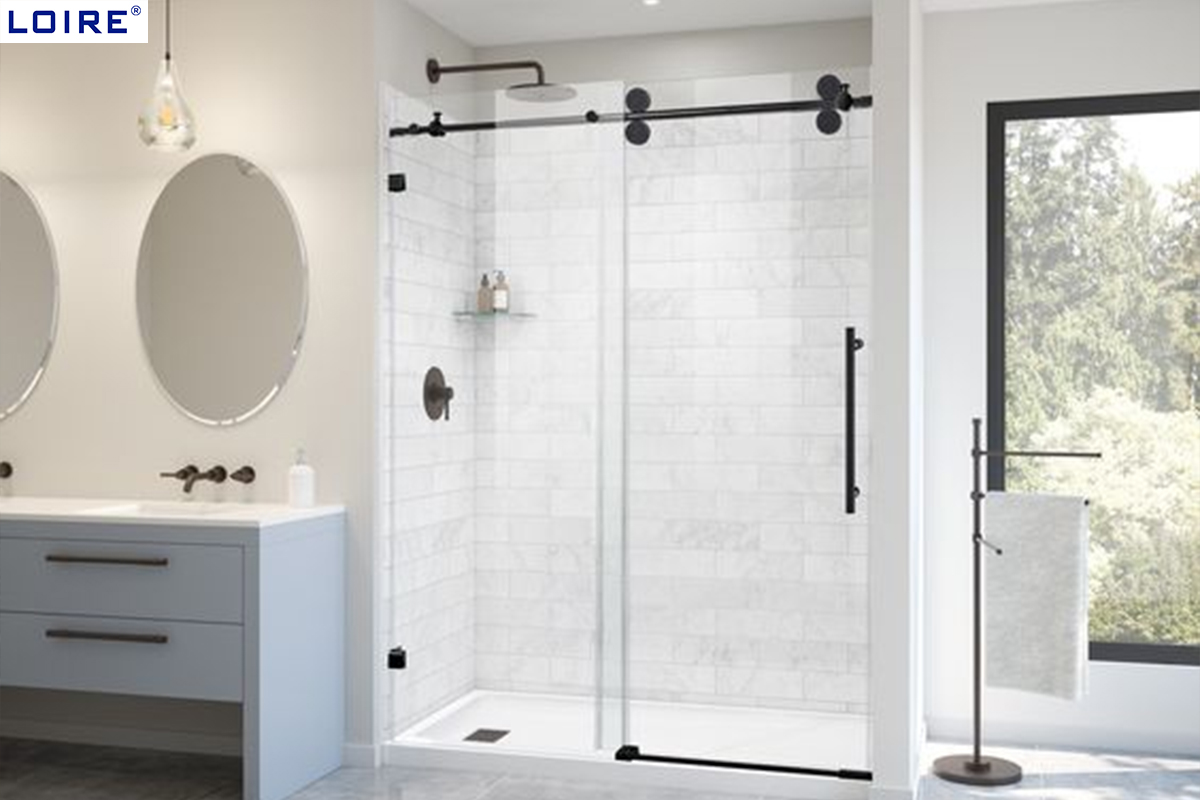A Guide on How to Convert Your Tub to a Walk-In Shower

Converting your tub to a walk-in shower can be a complex project, but with careful planning and the right tools, it's achievable. Here are the basic steps typically involved in this process:
1. Preparation:
Before beginning the conversion, ensure you have the necessary permits, tools, and materials. It's essential to have a clear plan and design in mind before starting the project.
2. Removal of the Old Tub:
This involves disconnecting the plumbing, removing the existing tub, and addressing any water damage or mold that may be present.
3. Plumbing the New Shower:
Adjusting the plumbing for the new shower layout is critical. This step may involve relocating the drain and adjusting the water supply lines to accommodate the new shower fixtures.
4. Framing:
Building the framework for the walk-in shower, including the walls and the shower pan. This is essential for providing support for the shower walls and ensuring the structural integrity of the new space.
5. Waterproofing:
Properly waterproofing the shower area is crucial to prevent water damage. This typically involves using waterproof membranes, such as a shower pan liner, and waterproofing the walls with a suitable product.
6. Tiling:
Tiling the shower walls and floor according to your design preferences. Properly installed tiles are essential to maintain the integrity of the waterproofing and to ensure a visually appealing finish.
7. Installation of Fixtures:
This includes installing the showerhead, faucet, and any additional fixtures such as shelves, benches, or a niche. It's important to follow the manufacturer's instructions for proper installation.
8. Finishing Touches:
Adding finishing touches such as a shower door or curtain, a toilet paper holder, and sealing any gaps or seams to ensure a polished end result.
It's important to note that while converting a tub to a walk-in shower can be a rewarding project, it may be best to consult with a professional if you are not experienced in plumbing, carpentry, or tiling. Additionally, consulting local building codes and regulations is essential to ensure compliance and safety.






